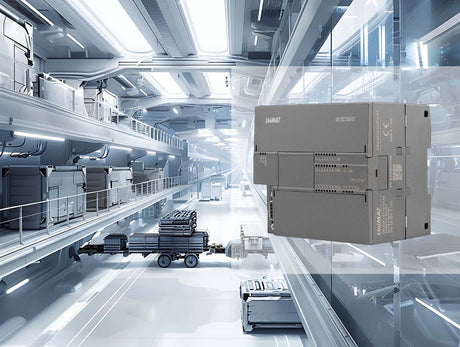1 Function introduction
UniMAT IoT products, including IoT screens and IoT gateways. The function of data interaction between IoT products can be realized through the cloud platform. For example, such an application scenario: a control system is controlled by two controllers at the top of the mountain and at the foot of the mountain, and the two controllers need to be interlocked. But the top and bottom of the mountain are inconvenient for wiring. The data mapping function of UniMAT Internet of Things products can solve this demand very well. The IoT products (IoT screen or gateway) are arranged on both sides of the controller to communicate with the controller, read and write the controller data, and then realize the data exchange between the two controllers through the data mapping function of the UniMAT cloud platform .
2 Version information
The data mapping function requires device version 2.0 or higher to support. Device version information can be viewed in the portal shown below. If the version information is incorrect, please contact technical support to obtain the corresponding version.

3 Configuration steps
3.1 Add device connection
Add device connection information on the device management platform (AnyAccess of version 2.0 or later), and select the corresponding interface and protocol according to the actual situation.



The content that appears in the parameter tab of the new device connection will change according to the connection service selected earlier. If it is a serial port protocol, the parameters need to correctly set the baud rate station address and other information. If it is a network port protocol, you need to correctly set the PLC IP address and port number and other information.
3.2 Add real-time data


Add real-time data on the device management platform (AnyAccess of version 2.0 or later), and set the corresponding variable name and read and write permissions.

After the variables are added, click Configure Synchronization to transfer the variable information to the device. The release status after the last variable should be delivered successfully. If it has not been delivered, click the configuration synchronization button again.


3.2 Configuration data mapping
After the real-time data of the two devices is added, the configuration of the data mapping can be performed. Data mapping is that the source device periodically writes the value of the corresponding address to the target device to realize data communication.


4 Actual effect verification
After clicking Save, the data mapping function starts to work. At this time, you can return to the real-time data to check and verify whether the value in the corresponding target device changes after the data value of the source device changes.


![[Technical Classroom] How does UniMAT Internet of Things realize remote cloud interaction of data between devices?](http://www.unimatautomation.com/cdn/shop/articles/4164_8ffbaaea-4ecc-43c4-bbf9-472c9e28ef7f.jpg?v=1663558499&width=1600)







